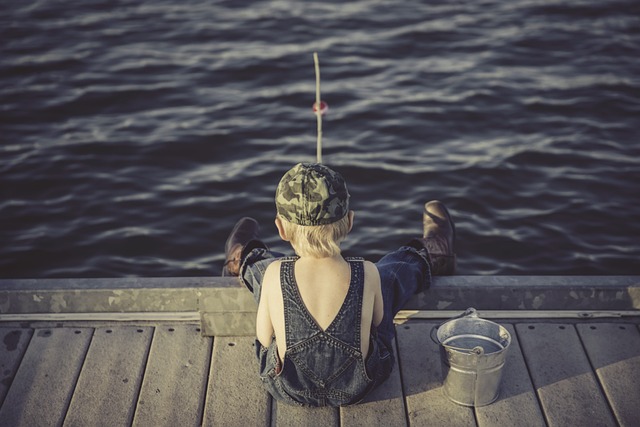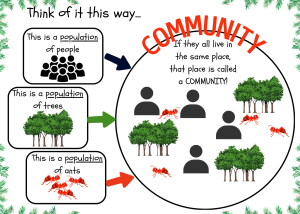Engaging Learners is Like Fishing
Ever gone fishing? There’s quite a bit to it. More than just slapping on some bait and throwing it in the water. What fish are you targeting? Where will you be fishing… Lake, river, stream, beach, saltwater creek? Each will determine things like bait, pole, line, leader…
Take fly fishing for instance. The type of fish determines the fly (bait) which determines the “weight” of fly line. And, the line determines the pole. And the reel is paired to the pole.
So, the fly (bait) is matched to a host of other factors. Plus, you have to know how to cast the fly. Keep in mind that the line acts as your weight (some lines sink, some don’t). Also, the rod throws and aims the line (same as spinning & bait-caster). And, the fly reel is just a holder for the line.
So, why am I talking about fishing? Well, engaging learners is similar.
The Bait
The bait has to attract fish. And, the type of engagement has to attract student attention. Continuing the analogy, you have to present concepts, and ideas… to your students (the cast). And, many times, you have to play with the bait (or fly) on the retrieve.
What you present to your students not only has to attract but also draw them in. Some will immediately be attracted. Others will hesitate before joining. And a few will resist altogether. Hopefully, your thought-out plans will entice the hesitators and draw those resisting in for a closer look. It may take a bit of work. But, you have prepared for that.
The Attraction
If the fish is attracted, its instincts kick in. That elicits a strike; they go for the bait. Students, engaged by your presentation are attracted to the material offered. Interest and excitement ensue.
The Hookset
Next comes the hookset. Students “take the bait” and engage with the material. Their curiosity has drawn them in. Before they know it, they are engrossed with the lesson or material presented. What’s next?
Reeling them in (aka guiding them along)
You have prepared your lesson. Each stage of lesson development is sequenced. The goal? To bring your students to a deeper level of understanding. Through the process, you coach your classes onward toward knowledge, understanding, and application.
Success!
Summary
So, engaging learners is like fishing: (1) you prepare your bait/lessons (2) you cast your idea or concept (lesson)to your students (3) with the right “bait” you attract the learners and build enthusiasm (4) they take the bait (5) you lead them toward the final goal.
There is a strategy!
From here you recycle. A new concept, a new bait, a new cast, a new attraction, and a new leading.







